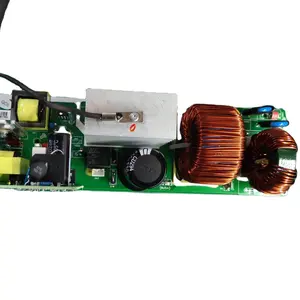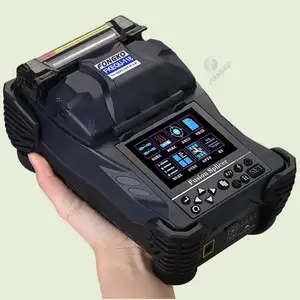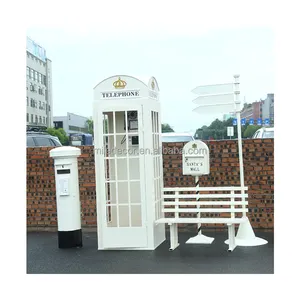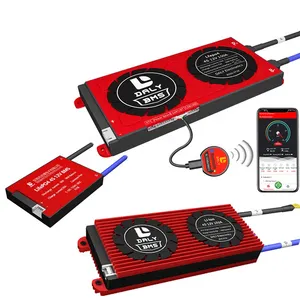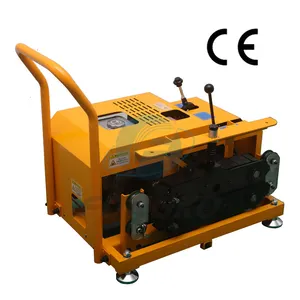Popular in your industry






































































Related Searches:
























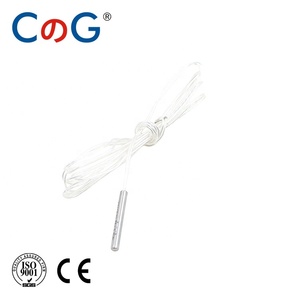








































































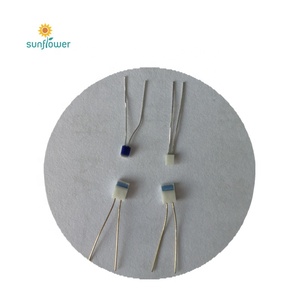















































Top categories
About ceramic pt100 sensor element
Understanding Ceramic PT100 Sensor Elements
Ceramic PT100 sensor elements are precision components used to measure temperature with high accuracy. These sensors operate based on the principle that the resistance of platinum (Pt) changes with temperature. The '100' in PT100 denotes that the sensor has a resistance of 100 ohms at 0°C. Ceramic materials are used to encapsulate the platinum detecting wire, providing stability and protection against various environmental factors.
Types and Applications of PT100 Sensors
The versatility of ceramic PT100 sensor elements allows for their use in diverse applications. From industrial automation to climate control systems, these sensors are integral in processes requiring precise temperature regulation. Common types include wire-wound and thin-film sensors, each with specific characteristics suited to different applications. Wire-wound sensors are known for their stability and wide temperature range, while thin-film sensors offer a more compact size and faster response times.
Features and Materials
A ceramic PT100 sensor element is characterized by its robustness and long-term stability. The ceramic housing provides excellent insulation and protects the platinum core from mechanical stress and corrosive materials. This ensures reliable performance even in harsh industrial environments. The materials used in these sensors are chosen for their ability to maintain precise resistance values over a wide temperature range, ensuring accurate readings.
Advantages of Ceramic PT100 Sensors
The advantages of using ceramic PT100 sensor elements are numerous. Their high precision makes them suitable for critical applications where accurate temperature readings are essential. Additionally, their wide temperature range allows them to function effectively in both extremely cold and hot environments. The ceramic construction also offers superior durability, making these sensors a reliable choice for long-term use.
Selection Considerations
When selecting a ceramic PT100 sensor element, it is important to consider the specific requirements of your application. Factors such as the temperature range, the required accuracy level, and the environmental conditions should guide your choice. It is also crucial to consider the sensor's compatibility with the existing system to ensure seamless integration.
Integrating PT100 Sensors into Your Inventory
For businesses looking to enhance their temperature measurement capabilities, incorporating a variety of ceramic PT100 sensor elements into your inventory can be a strategic move. With a range of sensor types available, you can cater to a broad spectrum of temperature sensing needs, ensuring that your offerings remain comprehensive and responsive to market demands.

